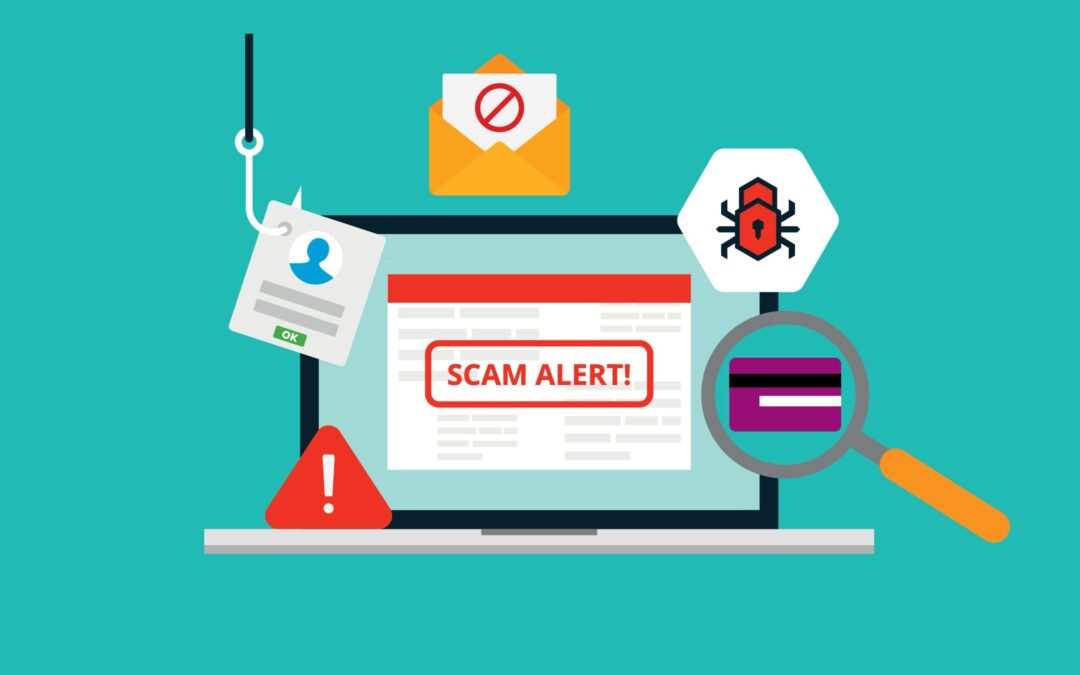In today’s ultra-connected world, online threats are a fact of life, with even more sophisticated scams becoming increasingly hard to detect.
Email threats, scams and spam are now simply a part of being online. But how can you best protect yourself to identify them? Here’s some advice about the resources available to help you.
Avoiding scams
A common scam practice by cybercriminals targeting schools is to aim an email at decision-makers. The scam email tries to entice the recipient to pay an outstanding invoice by using a reputable company’s logo and a seemingly genuine link. The recipient of the email might then click on the link and unknowingly pass over their credit card details to a malicious party.
You can help prevent scammers attempting to do the same with your school by:
- Not posting your full email address publicly/online. Doing so will give others access to it and may increase the chances that a spammer will target your credentials.
- Putting spam filters in place.
- Signing up for N4L’s Email Protection service to help stop spam and malicious emails before they enter your inbox.
- Educating your network users on email security resources such as SPF , DKIM and DMARC.
Recognising suspicious emails and spam
If a suspicious-looking email finds its way into your inbox, you should:
- Review the sender’s email address – check it’s coming from a legitimate organisation and that the text after the @ aligns with the organisation’s website.
- Check if your school has had any past contact with the company/sender. Nothing? The email is likely to be targeted spam.
- Check for spelling or grammatical mistakes. An email that claims to come from a reputable organisation but contains several spelling and grammatical errors can be a giveaway that it’s spam.
- Check for suspicious email attachments ending with extensions like .exe, .bat, .scr or .com, indicating that the file is designed to actively run a program on your computer.
- Take a step back and think: is this genuine? Don’t feel pressured by the contents of the email. Don’t reply to the email or click on any links/attachments until you verify it’s safe.
Think it’s spam or a scam?
- Add the sender to your block list. They won’t be able to contact you on that email again.
- Report spam to the DIA here.
- Check out CERT NZ’s Phishing Disruption Service, where you can report scams and help others stay safe.
N4L’s Email Protection
Schools and kura can sign up for Email Protection, which provides an additional layer of email security by using advanced threat detection to block malicious emails before they reach inboxes. It also works together with a school’s existing Google or Microsoft email service.

This service is available to eligible schools across Aotearoa New Zealand and is fully funded by the Ministry of Education. You can read more about this service here and check out a real example of how it can help here.
If you’re not sure about something, get in touch with your IT contact. Our Customer Support team is also here to help on 0800 LEARNING (0800 532 764).
Another of our blogs has more information about email safety and security that you can read here.
If you’d like to hear more from N4L, or see more blogs like this, why not subscribe?

